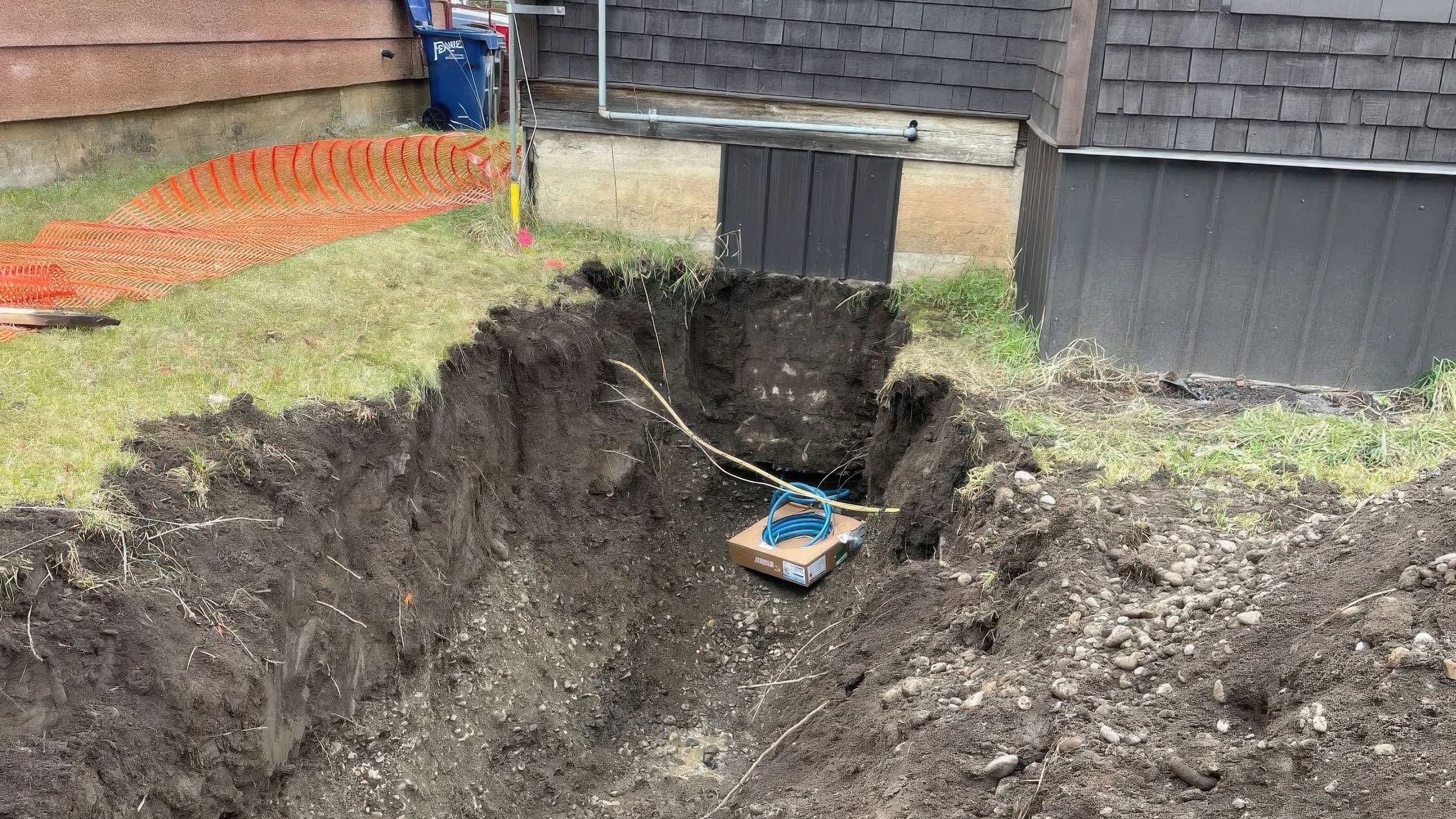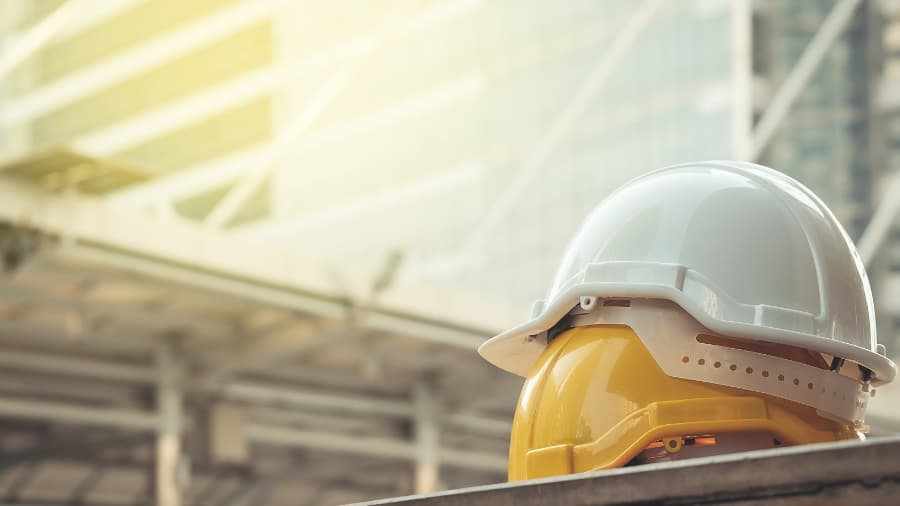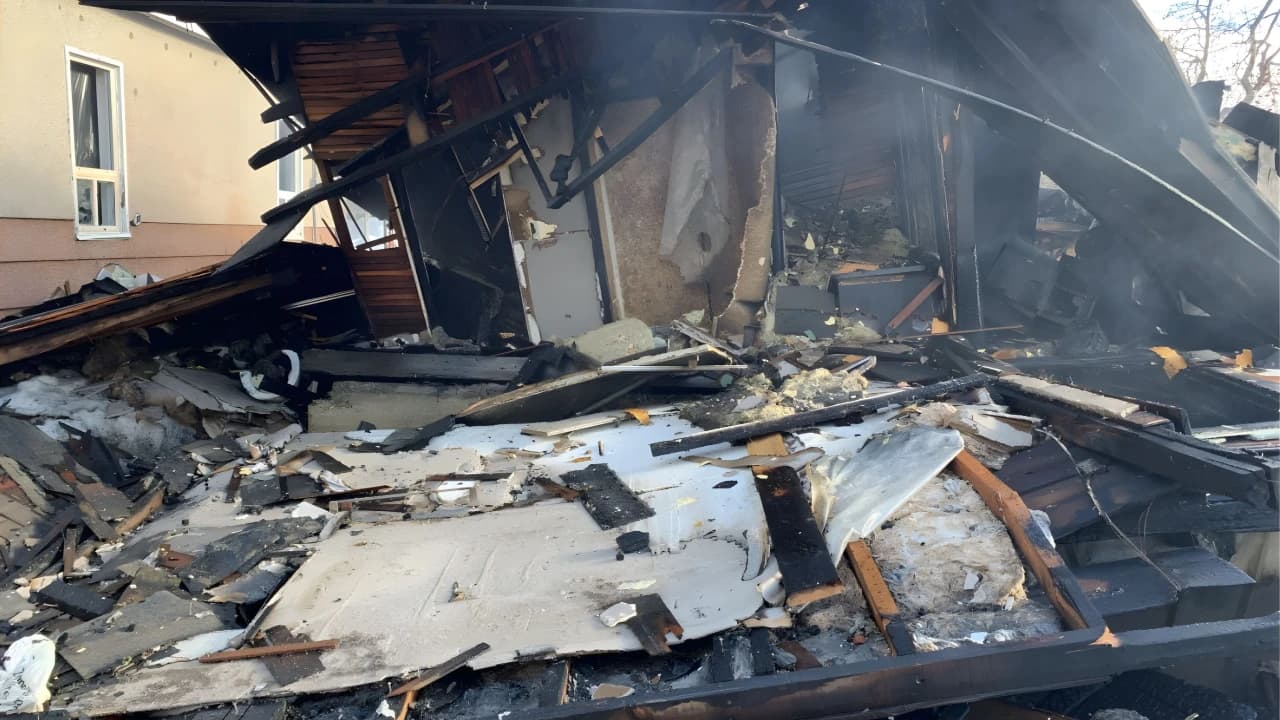Gas Line Strikes
Annual State of Safety 2024
Gas Line Strikes: Understanding the Risks
As the springtime sunshine thaws out the soil, gardeners across the province will begin preparations for planting. Some may enlist in professional help, while others will be gathering their fertilizer and soil, clearing away debris from the winter, and getting their hands dirty themselves. But as seasoned as some of these gardeners are, many will forget a critical step: checking for buried utility and gas lines.
While digging a few inches below the surface in your own backyard may seem harmless, any excavation work can become dangerous without proper knowledge and precaution around the sensitive network of systems that lies beneath us. Construction, excavation, and even gardening can expose hidden gas lines — meaning that you should know how to avoid them and what to do if one is exposed or damaged.
In 2024, we were notified of 17 incidents involving gas line hits. Because of the frequency of these incidents, the severity, and the significant danger when lines are damaged, gas line strikes were identified as one of the Top 5 Safety Risks of regulated equipment in our risk register for 2024.
How Gas Line Strikes Happen
Striking a gas line can result in serious danger, and in extreme cases, even death. Damaging a gas line can cause a loss of gas service to your community, fire, explosions, property damage or destruction, or serious injury. Despite these risks, many British Columbians are unaware of the potential danger involved in breaking ground before doing their research.
While many know to call ahead to BC 1 Call in order to locate their utility-owned gas line, they may not investigate private gas lines that require additional resources or specialty equipment to detect. Furthermore, while locating the line is important, those undertaking excavation must also ensure that they know how to avoid damaging the line during their work if/when it is exposed, and what to do if the line is struck.

Our incident data analysis found 13 factors that contribute to gas line hits. These factors can be grouped into three categories:
- A lack of experience or knowledge, which can include skills related to operating machinery, insufficient knowledge of how to use BC1 Call information, and best practices for excavation.
- Making assumptions about the line location based on their own speculation and experience, incomplete information from BC1 Call, or unreliable indicators.
- Poor communication or management, such as information being poorly relayed to the individual performing the dig.

Gas Line Strikes Lead to Catastrophic Explosions
Incident Investigations
Digging Into Incidents
During 2024, we were notified of 17 instances of gas line strikes that caused leaks. While these incidents did not result in significant damage or injury, their frequency — coupled with the severe incidents that we investigated during 2021 and 2022 — demonstrate the urgent need for more education and awareness around gas line hits.
In July 2021, an incident in Surrey occurred during excavation for installation of a new sanitary service in a commercial area. During digging, an underground gas service line was punctured, which resulted in an uncontrolled release of gas that ignited and caused a large fire. Challenges arose when emergency crews attempted to isolate the main gas line and release, which took six hours. While no one was injured, two excavators were damaged in the accident — one of which was destroyed beyond repair.
In another gas line strike that took place in February 2022 in Fernie, an excavator struck an exposed gas line while digging for a new water line. The gas line strike caused the gas line to sever underground, and escaping gas migrated into a nearby home. The gas entered the home through building openings and was eventually ignited, resulting in a large explosion and fire that caused severe damage and injured two people.
In November 2021, another incident took place as crews were digging near a building in proximity to exposed gas lines at the Canadian Forces Base Comox. This resulted in a major explosion that demolished the military barracks building and injured 28 people.
In all three of these incidents, the teams involved had called ahead to request documents in order to identify the location of the gas lines. However, in the Surrey incident, the foreman was unable to determine the depth of the gas line, and no secondary call was made for assistance, which resulted in the gas line strike. In all three incidents, there were no preliminary assessments completed to evaluate risks or plans to mitigate risks in the event of an accidental gas release.
Finding Common Ground
These incidents make up only a small portion of the gas line hits that take place across our province. They highlight the need for further education around the necessary safety precautions that should be taken when working with gas lines.
We continue to work diligently with partners like BC 1 Call and Fortis BC to increase awareness and influence better safety behaviour. Extensive investigation reports for the Fernie and Comox incidents were published in 2022, along with a multi-channel public safety campaign that includes our findings, learnings, and guidance around excavation.
Preventing gas line hits remains one of our top priorities in improving the safety of British Columbians. This year, we will promote safe digging practices, share contractor and municipal worker training opportunities offered by our partners, and educate our clients and the public about the Gas Safety Regulation requirements regarding excavation.

You Might Be Interested In
Building Confidence
Learn about our risks in focus. See how we’re improving the client experience and enforcing against those who work outside of the safety system.
Learn MoreSafety Engagement
We provide technical training and education to support our partners. We also work to influence people in the safety system to make safety-minded decisions.
Learn MoreData and Trends
Find key statistics on permits, incidents, injuries, assessments, and more.
Learn More